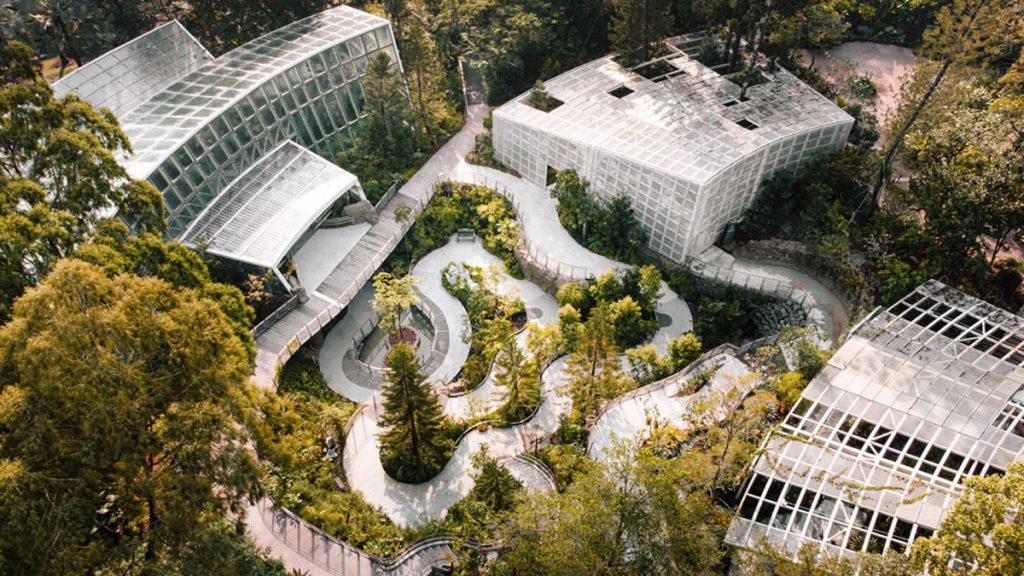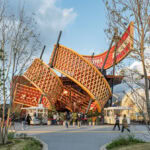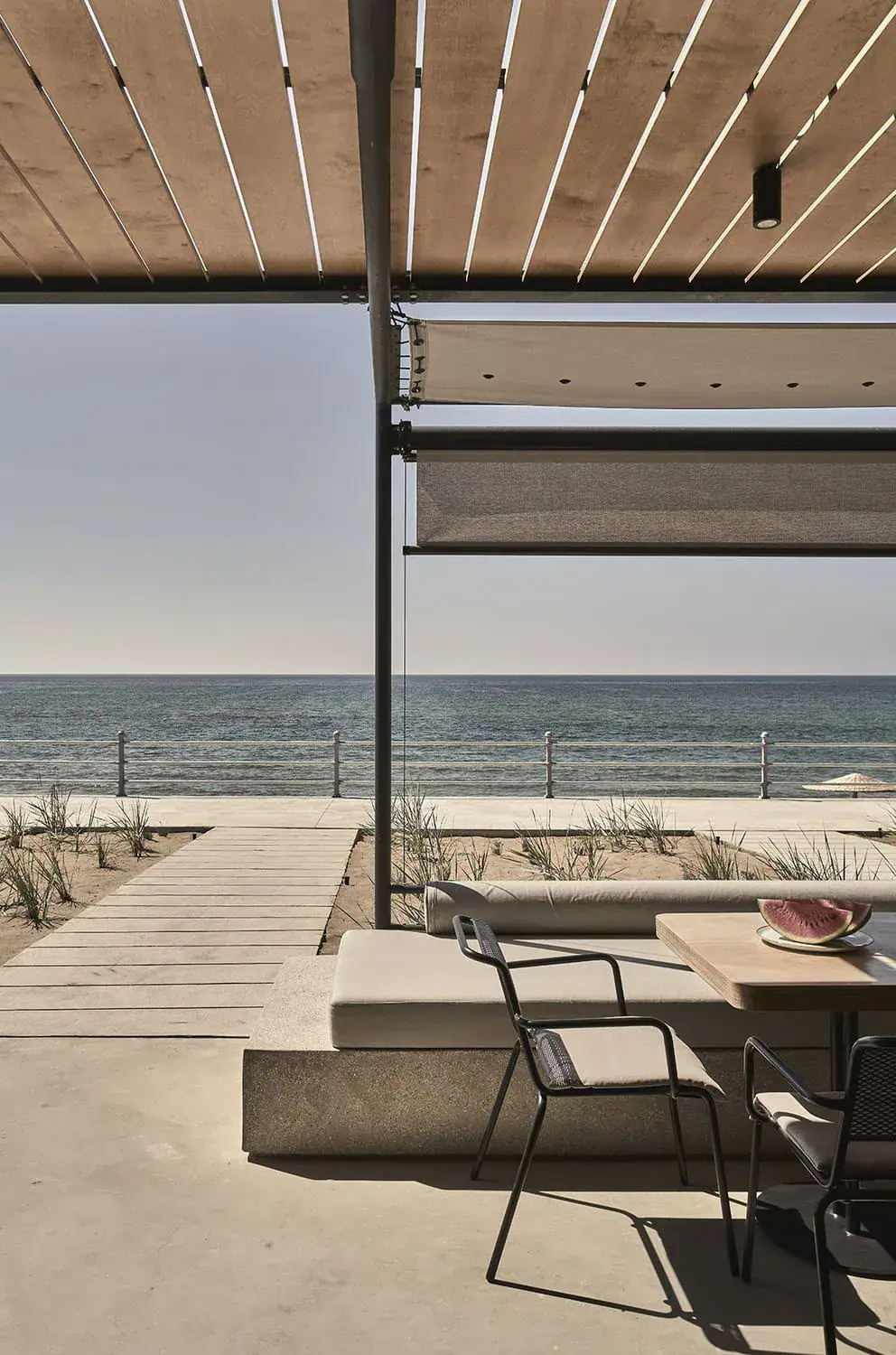The Singapore Botanic Gardens are not only a UNESCO World Heritage Site, but also home to an architectural showcase: the National Orchid Garden, recently redesigned by Henning Larsen and CPG Consultants Pte Ltd, now serves as a fitting home for over 1,000 species of orchids.
Within the plant kingdom, orchids are true survival artists. Whether clinging to rocks, growing in soil, or high up in trees, they adapt to nearly any environment. Across many cultures, they symbolize beauty, fertility, or luxury. Their diversity fascinates, their symbolism resonates — no wonder Singapore has dedicated an entire garden realm to these extraordinary plants.

The National Orchid Garden is located in the only site in the Republic of Singapur, that has been designated a UNESCO World Heritage Site: the city’s botanic gardens.
First established in 1859 during British colonial rule, the gardens now contribute significantly to biodiversity research and conservation with more than 10,000 plant species, many of them rare or endangered.
Within this natural oasis, over 1,000 orchid species and more than 2,000 hybrids captivate visitors. In short, it is one of the largest orchid collections in the world.
“The landscape design of this project grew organically, like the life it hosts – much like the exotic plants and orchids we worked with.”
Jia Xin Chum Associate Director von Henning Larsen.
This philosophy is reflected in the recent redesign by Henning Larsen and CPG Consultants, where orchid research, breeding, and conservation were placed at the very center of the architectural concept.
Ever-Growing Garden of Wonder
The National Orchid Garden spans 3.2 hectares and welcomes around 500,000 visitors each year. The new area was developed by the landscape architecture office to emulate a living organism, one that grows naturally from the terrain and existing vegetation.

“The landscape design of this project grew organically, like the life it hosts,” explains Jia Xin Chum. The architects also gave special attention to accessibility, ensuring that despite the sloping topography, the garden remains stair-free. To stimulate the senses, the team added new water features, mist zones, and even a custom soundscape to help orient visitors on a sensory level.
A Journey Across Continents
The garden features three exhibition greenhouses:
- Yuen Peng-McNiece Bromeliad Collection
- Tan Hoon Siang Mist House
- Sembcorp Cool House


These buildings are linked by the Secret Ravine, a path meandering through conifers, ferns, and rare orchids.
Each building has been expanded in terms of space:
? In the Yuen Peng-McNiece Bromeliad Collection, visitors can explore plants native to tropical forests at altitudes between 650 and 1,000 meters in Central and South America — including over a hundred neotropical orchids and hybrids, and even pineapples.
? The Tan Hoon Siang Mist House houses species from Africa, Asia, and Oceania, also found at similar elevations, including award-winning orchids from the garden’s collection.
❄️ Finally, the Sembcorp Cool House, with internal temperatures between 16 and 23°C, replicates the montane climates of Asian regions at altitudes between 1,000 and 2,000 meters.

A Technological Ecosystem That Protects Nature
To simulate the microclimate of mountain forests, a special air circulation system was designed and implemented. It maintains low humidity while reducing energy consumption by around 30%. Complementing this is an innovative irrigation system that functions as both a visual highlight and a navigational aid through the garden zones.
A central element is the cooling system, which collects rainwater and uses it to irrigate the plants. The system is enhanced by thematic soil layering and ground-level cooling, all of which work together to optimize the plants’ water balance. This ensures that the ecological needs of the diverse orchids and plant species are met precisely and sustainably.
Text: Resi Reiner
Fotos: Finbarr Fallon, Timothy A. Gonsalves









